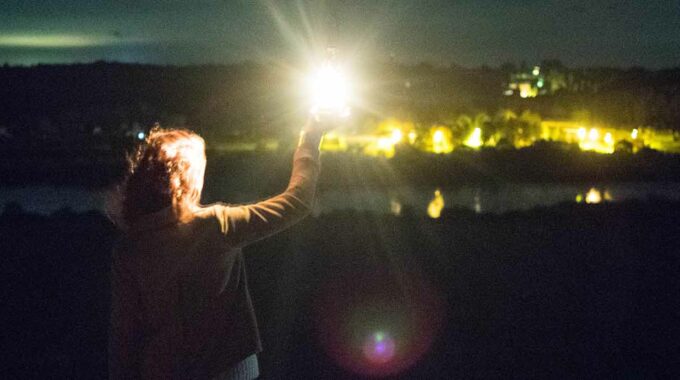by Alice Alessandri & Alberto Aleo
We know you’re used to hearing that the first step is the hardest – and not the second – but we want you to reconsider this cliché.
When you’re about to start something new, whether it’s a project, a business deal or a first meeting with a client, the initial enthusiasm and keenness linked to the healthy optimism that comes from not yet knowing what lies ahead, are helpful in enabling you to take the first step with a lighter heart.
But what happens when you encounter the first difficulties?
In our experience, many projects, both personal and professional, fail at the point when the first step must be followed by a second step, when you have to provide your initiative with substance and add commitment and planning to your early enthusiasm.
The elderly Judo master of Alberto held that the most difficult stage of learning was when the student must advance from being simply “someone who does judo” to becoming an expert. This is the moment when many young Judoka drop out, because they know that from then on their time in the dojo will be challenging and that it’s time to get down to the real work. Those that carry on are likely to become masters.
If you think about it, even for professional salespeople there is a second step that is difficult to accomplish. Usually, if we think of a first step in sales we will conjure up the image of a young person who has decided to take advantage of a natural talent for getting on with people and good communication skills, maybe combined with a dislike of office work, to “set out on the road” to becoming a salesperson. After a few years we find a salesperson who has gained a good deal of experience, with enhanced communication and relational skills – yet the markets have changed and the companies for which salespeople now work require reports and profiling, data analysis and the use of sophisticated marketing tools. The young salesperson’s talent and passion will no longer be enough to accomplish this necessary evolution and the second step now required, to move on as a seller, becomes really demanding.
Let’s change the scenario. Imagine we are in a company that has decided to change its approach to the market. The managers debate their strategy and come up with a perfect plan, with every action studied down to the smallest detail. They have completed the first step in admirable fashion. Yet to bring about real change they must involve the people “on the ground”, the staff who will have to adopt these procedures and carry out the planned actions. And this is where the project frequently collapses, because no forethought was given to this second step and the managers failed to involve the right people from the very beginning, the needs of these people were left unheeded.
We face situations like this in our work every day: talented salespeople that lack management structure or managers who lack the ability to listen and relate to their staff. Every day we see just how hard it can be to take the second step.
We could add another consideration that is linked once again to an image, this time borrowed from the world of dance: the dance duet, or pas de deux, is a symbol of harmony and perfection, when two different forces work together and opposites unite. Imagine a ballet in which the two main characters, male and female, at a certain point dance together. Usually this is the pivotal moment of the show, technically it is undoubtedly the most difficult “step”, the one on which the success of the whole event relies. The same is true in business and in our work.
If we want to evolve and improve by adding structure to our talent and our enthusiasm in viable projects, in order to achieve success, we will have to undertake a second, challenging step in a direction contrary to the one we took at the outset. In fact we need to welcome diversity, and even seek it out so we can integrate it into our world.
This is how Alice and I perceive our profession; it is no coincidence that our working together is strengthened by the different experiences we have both had. Alice is interested in relationships and communication, while I am enamored with methods and numbers. In all our projects, we try to speak of both talent and profession, human skills and management processes. We combine theory with practice, involving both management and staff, in a movement that goes from top to bottom, from inside to out, from individuals to groups, from us to the Company – like steps in a dance …
| partem claram semper aspice |
The photos used - where not owned by the editorial team or our guests - are purchased on Adobe Stock and IStockPhoto or downloaded from platforms such as UnSplash or Pexels.
Did you like this post and want to learn more about the topics?
Passodue research on issues related to sales, marketing, ethics and the centrality of human beings within the market logic, officially started in 2012. The results derived from our work are described in the publications and in the books you can find in this section.





This Post Has 0 Comments